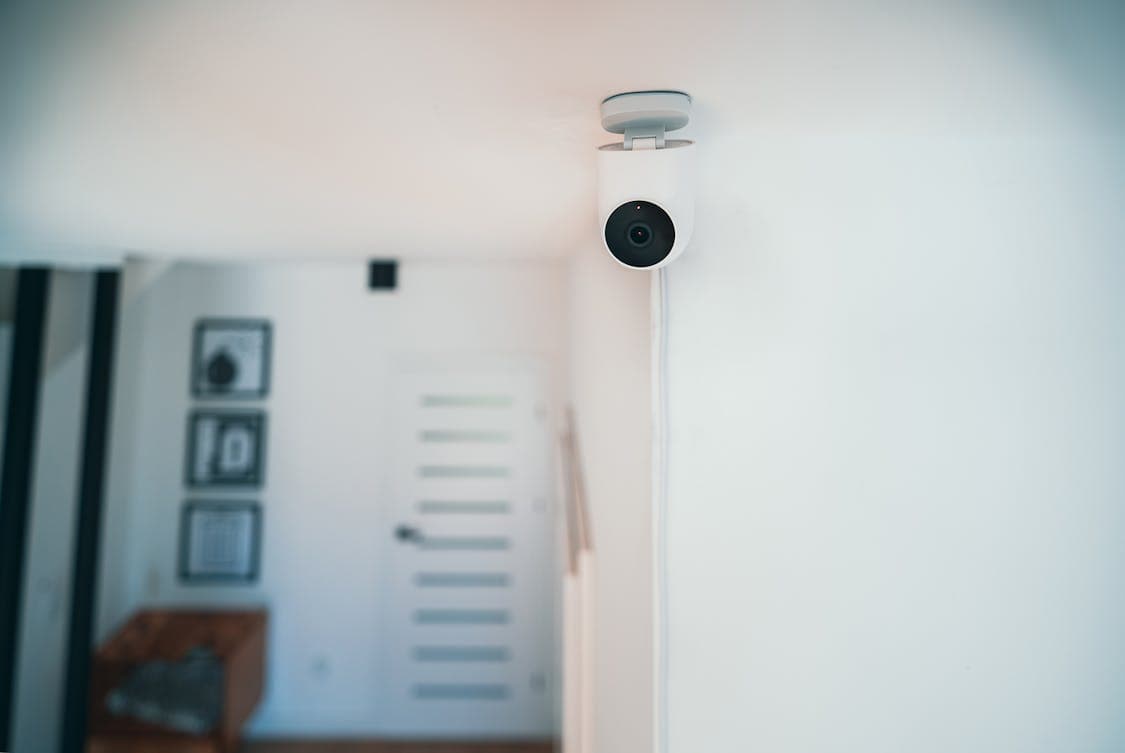Choosing to hire a drag queen for your event often sparks lively debate and real excitement among hosts and guests alike. These performers bring theatrical skill, sharp wit, and the ability to turn small moments into shining highlights that get replayed in memory and online.
A well picked act can shift the mood, lift spirits, and make memories that linger long after the last song ends. If you want energy with heart and a hint of the unexpected, a drag performance can hit the mark and give your gathering a storyline people will repeat.
Boost Entertainment Value
A drag queen can command the stage and hold the room from the first cue to the final bow, turning ordinary pauses into peaks of energy that snap people to attention. Their acts blend singing, lip sync, clever banter, choreographed movement, and audience call out in combinations that make time fly and get folks laughing together.
Through practiced timing and a knack for reading faces they can switch gears from playful ribbing to a sincere moment that lands with genuine emotion. When a performer seizes the rhythm of a night the whole event acquires momentum and guests end up talking about it long after the lights come up.
Customize Shows To Fit Your Crowd
Drag performers adapt material so it matches the age range, tone, and theme of your gathering, whether it is a brunch birthday or an after hours showcase at a downtown venue. For family friendly events they lean into costume spectacle, expressive dance, and comedy that stays light while for adult only shows the verbal edge and pacing can be dialed up to fit the room and the crowd’s appetite.
For a fun interactive twist, you can even play drag bingo with Dragged To, letting guests join in on the action while the performer guides the excitement.
A quick conversation with the host about boundaries, song choices, and timing helps the artist prepare a set that hits the right notes without surprises or awkward moments. That flexibility means a single performer can serve many different functions from emcee to headline act and often does so with ease.
Professionalism And Reliable Performance

Many drag artists spend years refining makeup craft, wig work, costume engineering, and stage technique until a performance feels polished and natural, the kind of show where everything clicks. These professionals typically arrive early to set up, run basic sound checks so cues land, and coordinate with event staff to keep the program moving on time and on point.
A reliable performer knows how to adapt on the fly if a track skips or the room is louder than expected and they can salvage the moment without drawing attention to the glitch. Hiring someone who treats the booking as a serious engagement reduces the list of problems you face on the day and leaves room for the fun part.
Create Memorable Photo Moments
Costume, contouring, dramatic silhouettes, and well timed entrances yield striking images that become the shared memory of an evening and the sparks for group photos that keep people smiling. Those photographs tend to appear on feeds, in private chats, and on venue pages where they do more than record a night; they tell a story about what people enjoyed and why others might come next time.
A practiced performer knows how to position themselves, play with light, and guide guests into playful poses so shots appear candid yet camera ready, producing frames that feel effortless. When the visuals punch above the ordinary your event will draw attention and a few standout frames can anchor promotion for future gatherings.
Build Inclusive And Welcoming Events
Drag culture has a long history of creating spaces where identity, humor, and shared celebration intersect, and a performer can help make an event feel welcoming in a tangible way that resonates with many guests. Skilled hosts work to include gestures that let people from different backgrounds relax, laugh, and join the fun without feeling put on the spot or singled out.
Visible representation at an event signals to attendees that the venue values diversity and wants people to be themselves while they enjoy the moment, which is a powerful sign of respect. When guests sense real welcome they tend to mingle more, stay longer, and recommend the venue to friends who will likely feel at ease.
Marketing And Social Media Appeal
Booking a charismatic act can drive ticket sales and bump RSVP numbers with audiences eager for a memorable evening that stands out from the usual options. High energy routines create moments that beg to be shared, from a sassy line to a surprise costume reveal, and those clips often travel fast online if they land at the right second and tell a story in a few frames.
When performers tag the venue and guests snap photos the ripple of attention can outpace a standard advertisement and reach people who would not have heard about the night through normal channels. For venues trying to build a reputation a single well captured moment can have lasting marketing value beyond the initial event.
Cost And Value For Your Budget
Fees for drag artists range widely depending on experience, travel, set length, and any special production needs you request, so it pays to get clear quotes and ask what is included up front. A higher fee often covers rehearsed segments, custom costume work, and extra time spent with hosts for introductions and safety notes, and that investment frequently shows up in better guest satisfaction and stronger bar sales.
Ask for references, view recent clips, and get written terms about strike time, setup needs, and any overtime charges so there are no surprises on the day and you can compare apples to apples. When you run the numbers a single memorable performance can cost less than booking an emcee, a band, and a photo team while delivering a compact night of high return.





















